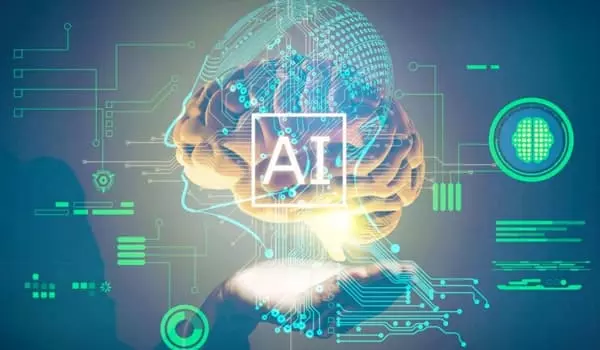A recent study shows that MRI and artificial intelligence (AI) can be used to detect early signs of tumor cell death in response to novel virus-based cancer therapy. An MRI is a type of imaging test. It creates detailed computer-generated images of the body using powerful magnets and radio waves. The opening of a standard MRI machine is narrow and tunnel-like. It resembles a large donut. Some imaging centers have more spacious “open” MRI machines. If you are concerned about the small space or if you have a larger body, this may be an option.
A team led by researchers at Massachusetts General Hospital (MGH) demonstrated that magnetic resonance imaging (MRI) and artificial intelligence (AI) can be used to detect early signs of tumor cell death in response to novel virus-based cancer therapy in a recent study published in Nature Biomedical Engineering.
A promising therapeutic virus that selectively kills cancer cells while sparing normal tissue has recently sparked hope for the treatment of aggressive brain tumors. To further optimize the virus-based therapy, non-invasive monitoring of the treatment response must be performed on a regular basis. This monitoring is critical for understanding how the virus interacts with cancer cells, such as the extent of virus spread within the tumor and therapeutic response.
We programmed an MRI scanner to generate distinct signal “fingerprints” for various molecular compounds and cellular pH levels. The fingerprints were then decoded using a deep learning neural network, which generated quantitative pH and molecular maps
Christian Farrar.
The researchers used quantitative molecular MRI images to measure multiple tissue properties that change with cell death, such as tissue pH and protein concentration. This method allows for much earlier therapeutic response monitoring than previous techniques. The treatment responses were visible 48 hours after viral therapy, well before any changes in tumor volume were observed.
“We programmed an MRI scanner to generate distinct signal “fingerprints” for various molecular compounds and cellular pH levels. The fingerprints were then decoded using a deep learning neural network, which generated quantitative pH and molecular maps” Christian Farrar, PhD, a researcher and faculty member at the Athinoula A. Martinos Center for Biomedical Imaging, agrees. “The method of MRI molecular fingerprinting was validated in a mouse brain tumor study where the tumors were treated with a novel virus-based therapy that selectively killed cancer cells.”

To improve the efficacy of this treatment strategy, the researchers devised a method for detecting tumor cell death caused by the virus. This has enabled the early and rapid identification of treatment-responsive tumor regions. This method has recently been used by researchers to quantify cellular pH and molecular compounds in the healthy human brain. Future research into this approach in human brain tumor patients could aid in the optimization of these virus-based therapies.
“This study demonstrates the strength and promise of using computerized AI-based technology in medicine for the noninvasive investigation of biological processes that underpin disease,” says Or Perlman, Ph.D., a research fellow at the Athinoula A. Martinos Center for Biomedical Imaging. “The use of simulated molecular fingerprints to train the machine learning neural network was one of the most intriguing and important components of this approach’s success. This concept has the potential to be expanded and investigated in order to solve other medical and scientific problems.”
This study describes a new non-invasive method for detecting tumor cell death using MRI. The ability to do so could be useful for non-invasive cancer treatment monitoring, potentially improving patient care and tailoring treatment to an individual patient. The same approach could be useful for detecting and characterizing other medical conditions characterized by elevated cell death, such as stroke and liver disease. While the study was primarily validated using a mouse brain tumor model, the researchers have shown that the same method can be used to generate quantitative pH and molecular maps in rat stroke models and healthy humans. They intend to investigate the applicability of this non-invasive imaging approach in patients with brain tumors and stroke in the future.





